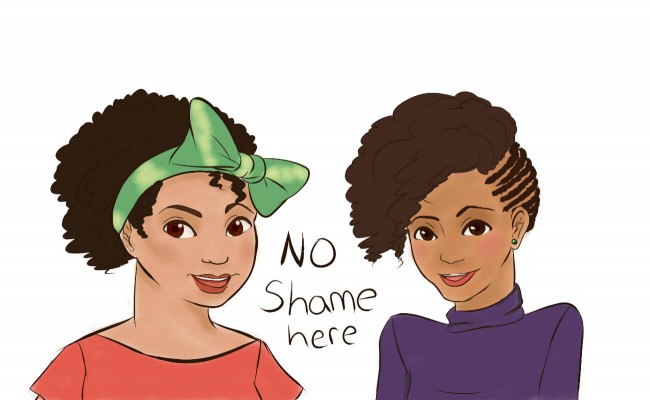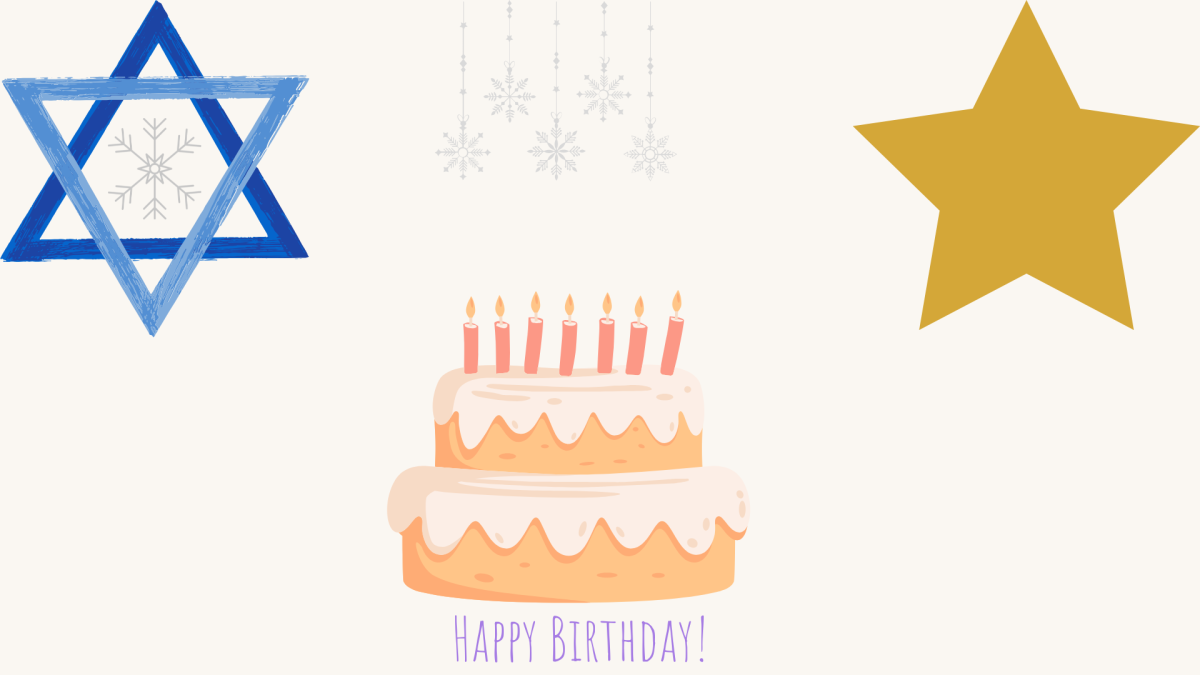
How come my hair doesn’t look like yours?
That’s what I asked my mother when I was four years old. She was standing in the bathroom mirror running a brush through her long silky, straight hair. She told me my hair didn’t look like hers because I didn’t have a relaxer. I didn’t know what a relaxer was, but I wanted one. I hated the dull, kinky hair on my head and I wanted to be beautiful like my mother.
A relaxer, also known as the creamy crack in the natural hair community, is a chemical product used to permanently straighten very curly or kinky hair. It is usually white and smells like something you could clean your bathroom with, because it is.
The most common active ingredient used is sodium hydroxide, which is also found in drain cleaner. The consistency must be applied with gloves and processing must be carefully timed to avoid burning of the scalp, which can result in days of open sores.
Recent medical research is examining the relationship between relaxers and serious health conditions such as lupus and fibroid tumors.
It is no wonder why many African-American women, including myself, opt to wear their hair in its natural state, free from chemical relaxers. While for some it’s a simple style choice, for others it’s a way to express their ethnic identity.
Hair has always been important to those of the African diaspora, according to academic research by Cheryl Thompson of the University of Michigan. In 15th century Northern and Western Africa, women’s hairstyles often reflected their marital status, age, religion, ethnic identity, wealth and rank within the community.
When these people were captured for slavery, their heads were shaved for sanitary reasons before they were put on the ship—stripping them of their cultural identity.
During slavery in the United States, researcher Whitney Bellinger, found that slave owners and mistresses often made slave children refer to their hair as wool, telling them that it was offensive and disgusting. They were encouraging a whole race of people to hate their own hair.
Long, straight, and preferably blonde. That’s the Eurocentric beauty standard, and anything outside of that was unacceptable, and it still isn’t. The problem with this standard is that we are not all European (or of European descent), yet this is still the gold standard of beauty in popular culture.
Don’t believe it? Let us take a second to examine the hairstyles of African-American women that are often glorified for their beauty. Beyoncé: queen of the long, golden-blonde weaves. Remember when Beyonce didn’t have these long, blonde locks? No? Me either.
Gabrielle Union: recently rocking a straight, long, blonde ombre hair-do.
Kerry Washington: The only time we’ve ever seen her hair in its natural state was in Django when, ironically, she was playing a slave. But it doesn’t stop there.
Not only are the beautiful women wearing their hair straight, but also the most successful career women. Michelle Obama, Oprah Winfrey, Condoleezza Rice—they all wear straight styles.
As the media continues to show us beautiful and successful women with straight hair, this only reinforces the Eurocentric beauty standard, especially in particularly critical areas like the workplace. In corporate America, straight hair is still considered to be ideal. It is the best way to play it safe, as it is seen as neat and appropriate.
African-American women fearing negative consequences in their career often straighten their hair to preserve a professional image, avoid negative stereotypes, and fit in with their colleagues, a study published in the Duke Journal of Gender Law and Policy concluded. These feelings are apparently justified.
In 2007, a white Glamour magazine editor was giving a lecture on workplace fashion to 40 New York City female lawyers when she made controversial remarks about natural hairstyles.
During a slideshow presentation she told the group of women, “just say no to the fro’.” She also said that the work was not the place for “political” hairstyles like dreadlocks.
For African-American women there is a long history of taking pride in the way we wear our hair, but there is also remnants of self-hate in regards to our natural hair texture.
It’s compounded by the fact we are held to unrealistic beauty standards and risk losing our beauty or damaging our careers if we choose not to uphold them.
So, yeah, having natural hair is kind of a big deal, even though it shouldn’t be. It is a style choice—a choice that should come from self-love, not self-hate.
If I want to wake up in the morning and wear my hair the way it naturally grows out of my head, I shouldn’t have to fear consequences to my career. I shouldn’t have to choose between being considered beautiful and embracing my ethnic identity.
We should be living in a world that not just accepts or tolerates ethnic differences but celebrates them—a world where there is more than one way to be beautiful, and we don’t need to relax our hair to achieve it.





